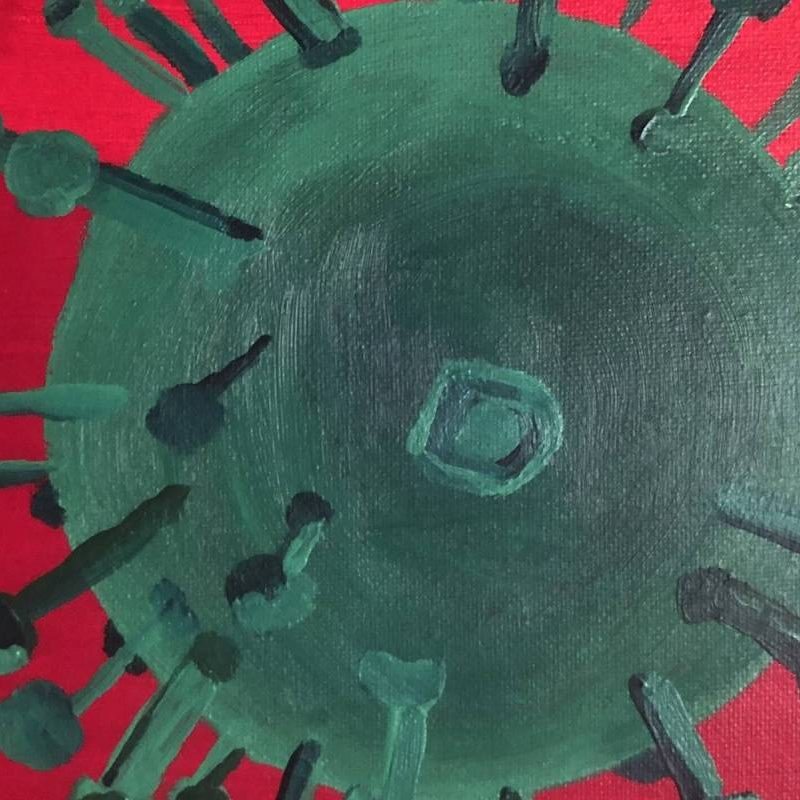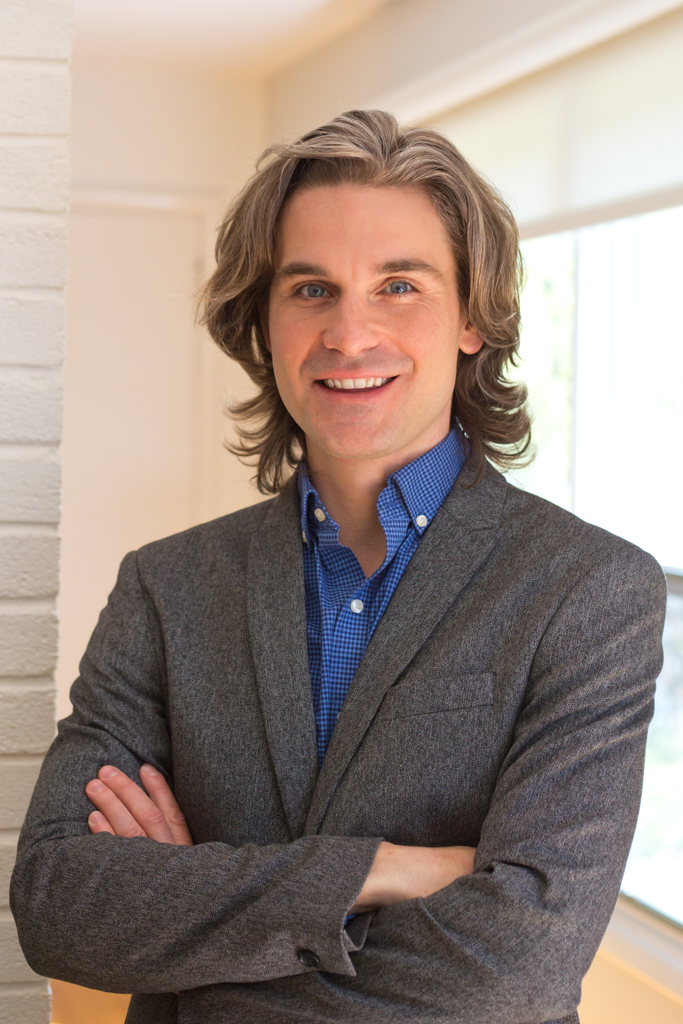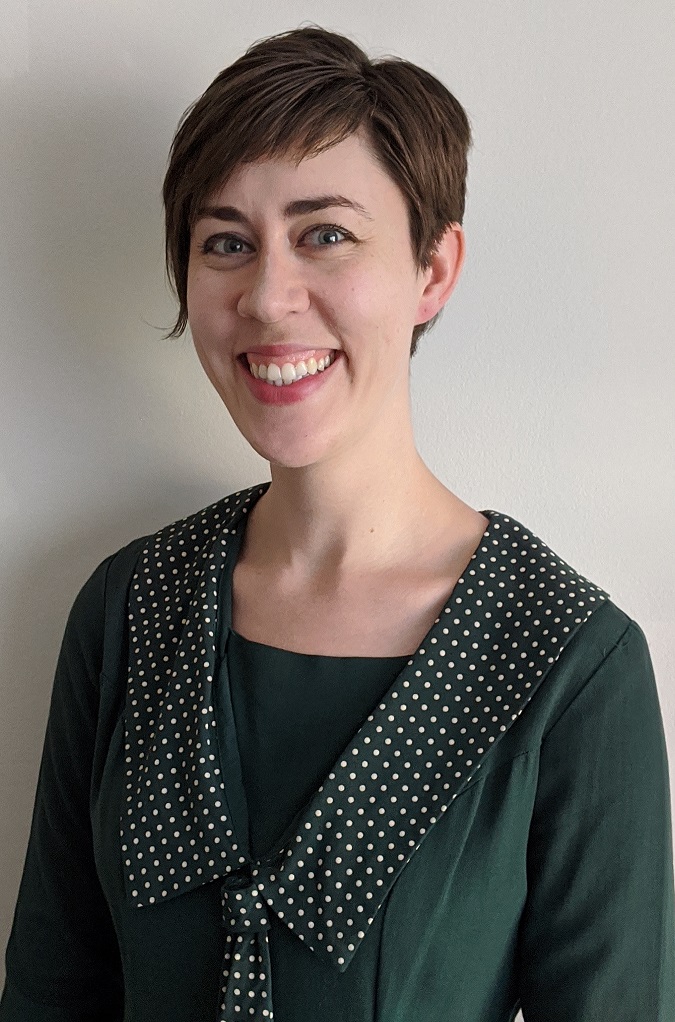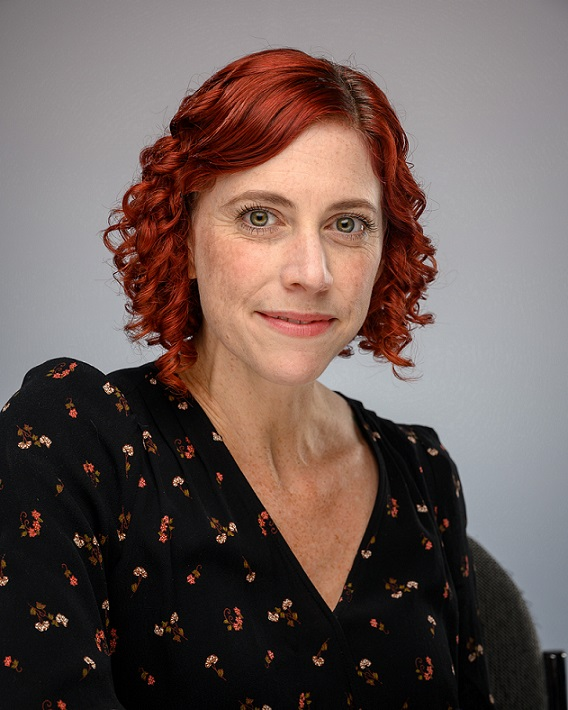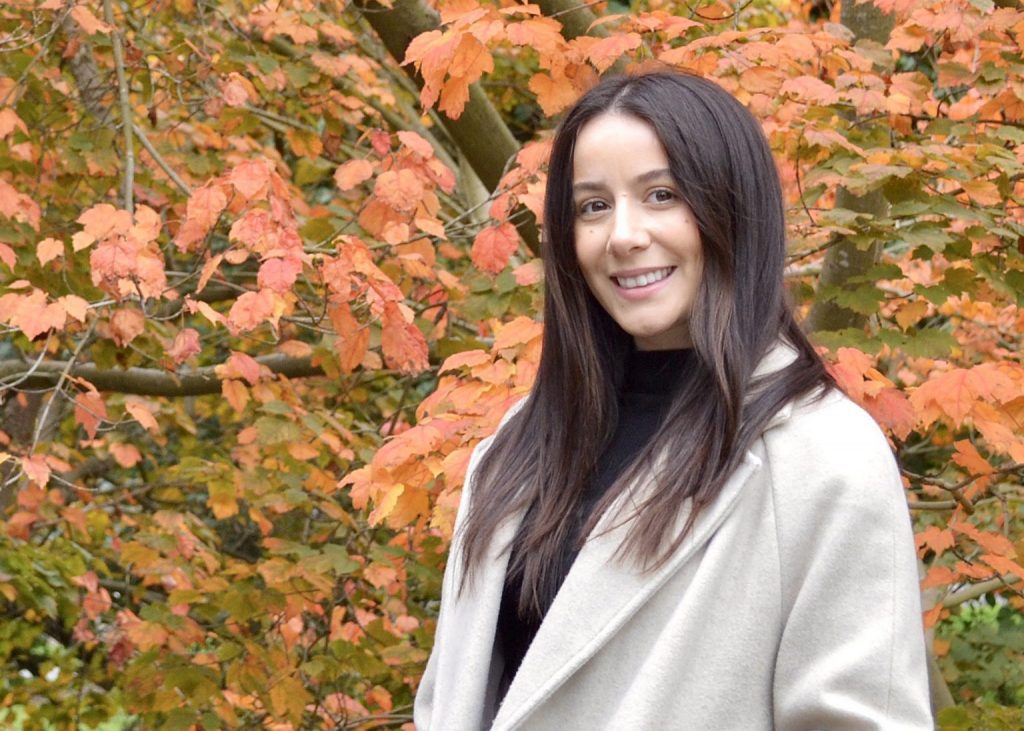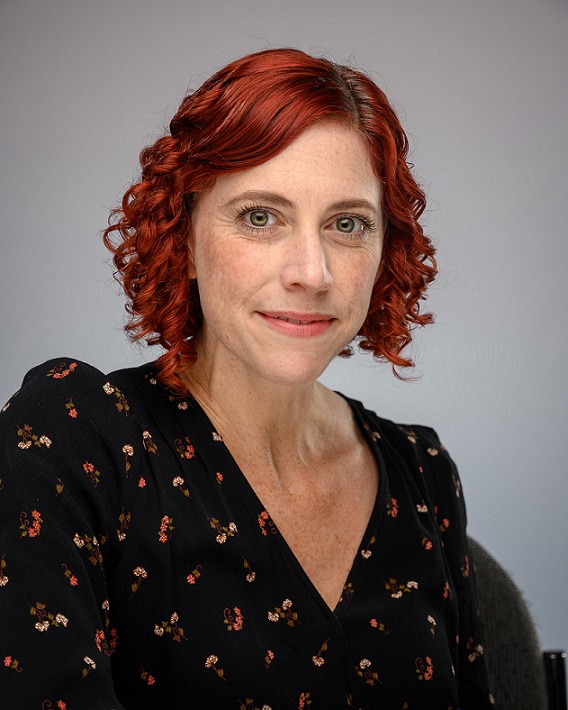Spring Webinar Series
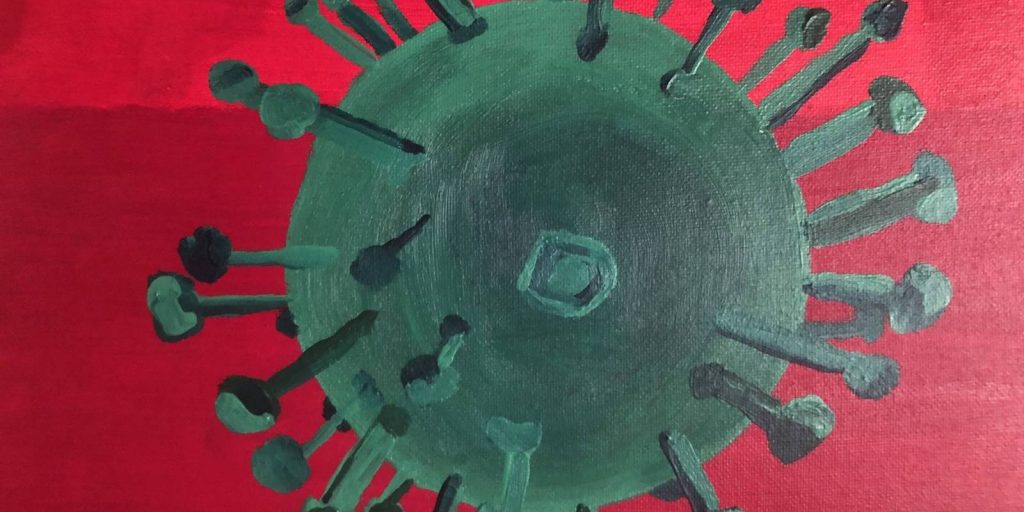
We are delighted to announce the spring webinar series. All talks will be held Thursdays at 1600 CET unless otherwise noted. Please contact jessicad@oslomet.no if you need a link.
27 January: Christina Torjussen, University of South-Eastern Norway and PANSOC, “Kong Sverre – The Death Ship.”
3 February: Chinmay Tumbe, Indian Institute of Management Ahmedabad, “India and 1918 Influenza Pandemic: Mortality Estimates and Correlates.”
10 February: Binoy Kampmark, RMIT University Melbourne, “‘Killing cockroaches with a nuclear weapon’: The Victorian Pandemic Management Bill.”
24 February, 1400 CET: David Roth, The Australian National University, “The effects of the 1918-1919 influenza pandemic on mental patients in New South Wales – Work-In-Progress.”
10 March: Tamara Giles-Vernick, Institut Pasteur: “Complex local vulnerabilities and the COVID-19 pandemic in France.” (Rescheduled from fall)
17 March: Margarida Pereira, PANSOC, “The 2020 Syndemic of Obesity and COVID-19 in an Urbanized World.”
31 March: Lianne Tripp, University of Northern British Columbia: “The 1918/19 Influenza: Hidden Heterogeneity in an Island Population.” (Rescheduled from fall)
7 April: Amanda Wissler, University of South Carolina & Cleveland Museum of Natural History, “The Long-Term Impacts of Pandemic Disease: Health and Survival after the 1918 Influenza Pandemic.”
21 April: Jord Hanus, University of Antwerp, “Socioeconomic Status and Epidemic Mortality in an Urban Environment: Mechelen (Belgium), 1600-1900”
28 April: Vibeke Narverud Nyborg, University of South-Eastern Norway and PANSOC, The exploration of state health legislations as possible driving forces to non-pharmaceutical interventions (NPIs) during the 1918 pandemic in different Norwegian regions.”
5 May: Ben Schneider, TBA
12 May: Carolyn Orbann, University of Missouri, “Co-circulating respiratory diseases at the end of the 1918 influenza pandemic.”
